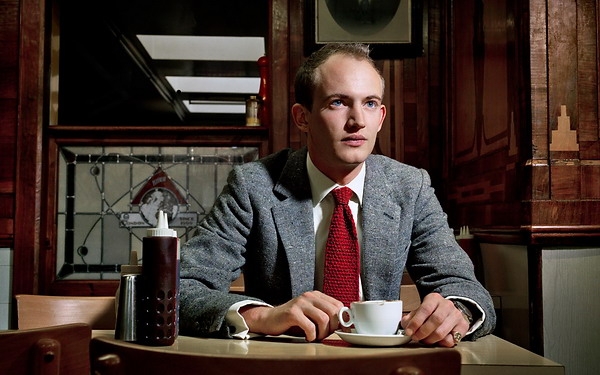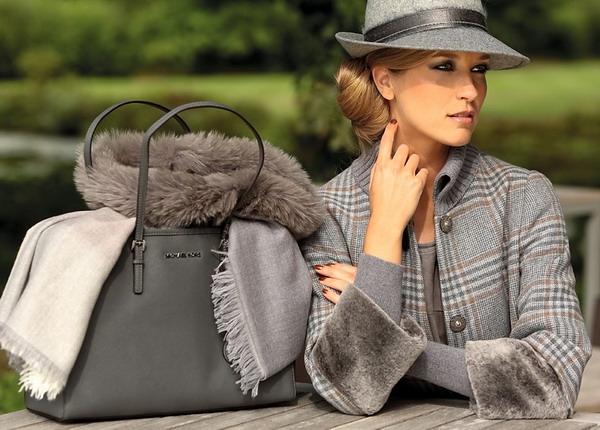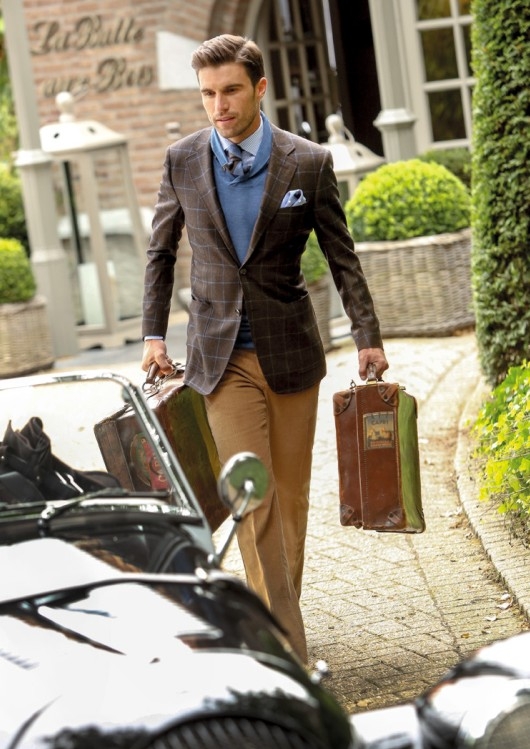‘Smart Casual’ – Perhaps Not Too Smart?

‘Smart casual’ is a dress code that until quite recently required a respectable level of formality – tailored separates with formal shoes for gentlemen (often worn with a tie) or a smart dress for ladies, again worn with accompanying formal shoes. It was not an excuse to neglect to make an effort with one’s appearance. However, a relaxation in dress codes and a declining interesting in self presentation in recent years is resulting in the ‘smart’ element of smart casual becoming increasingly lost. Of even more concern to those who enjoy dressing well, the accompanying development of a ‘business casual’ dress code has also started to take hold in the work place. Initially, as with smart casual, the necessary degree of ‘smart’ outweighed that of casual – meaning a suit without a tie or some sharp tailored separates and a collared, button-up shirt. Worryingly, it seems that these formal elements of smart dress codes are disappearing, as is the British business world’s interest in presenting itself professionally.
According to Savile Row however, the epicentre for British tailoring and the quintessential outfitters to the successful businessman, it is the negative influence of American ‘dress-down’ culture that is fuelling the increasingly casual business dress trend. James Sleater, co-founder of bespoke tailors The Cad & the Dandy, has described this American trend as ‘an anti-fashion which simply doesn’t suit British business practice’ and there are concerns in the British menswear industry that the growing trend in informal business dress may affect Britain’s international economic standing and business relationships. As Mr. Sleater notes: ‘we will never out bubble-gum Americans. We should therefore own refinement, class and style [...] relaxing all the rules of a dress code for business, also relaxes the attitude to winning in business’.

For many people who appreciate the opportunity to express themselves with their dress, this is the essence of the problem. In the workplace, a lack of professional appearance risks eroding the professional mentality so important to having a productive working life. For many, an appropriate degree of formality and propriety are crucial in building successful business relationships, getting on in the world of work and in impressing both one’s boss and the customer. Losing the formal appearance that has hitherto been commonly associated with conducting one’s job in an effective way, risks losing the natural advantages that a professional, successful appearance can offer.

British tailoring is famously refined, elegant and a classically formal product. To Mr. Sleater, this quintessentially British product requires a receptive target market of business people who appreciate the value of traditionally formal business dress and self-presentation: ‘the reason this small island has successfully influenced and dominated every aspect of humanity is because we have stood tall and remained firm in who we are and how we present ourselves’. This view echoes that of many well dressed men and women; ‘how we present ourselves’ is a hugely important cultural value which is now being rapidly lost in the United Kingdom. What is perhaps more worrying still, is that the disruption of a sharp, smart dress code for work where people take pride in a crisp appearance, is at the forefront of this unfortunate downturn in the British upholding of elegance, sophistication and professionalism.

